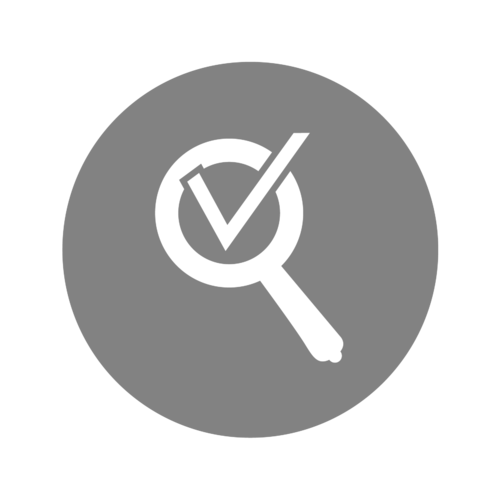The Translation Project
How much does a translation actually cost?
The price of a translation project depends on various factors. How complicated is the text? How much layout work (DTP) is required after the translation? Does the translation have to be certified? Will the "four-eyes" principle be applied?
How long does a translation take?
Although most translators use translation software today, a translation is not an automated process, but a complex, intellectual activity. It requires research, familiarization with the text/terminology, quality control, etc. A good translator can translate about 1,500 to 3,000 words on an average working day. However, this number depends heavily on the complexity of the text.
How does a translation project work??
- You have a translation project and you locate us based on a recommendation or after conducting your own Internet search.
- You contact us via E-Mail or by using the Contact Form. Then you send us the text for translation in .doc, .pdf, .ppt, .xls, .ttx, .xml, or .html format (in case you have questions regarding the format or the transmission of the file, we are of course happy to help) and inform us of any specifications, requirements, etc.
- Thereafter, we will send you an offer including possible alternatives, the price and the deadline.
- After accepting the offer and placing the order, the actual translation process begins - please remain available should questions arise.
- We deliver the finished translation and an invoice for our service.
Guaranteed Quality
We produce translations in accordance with the latest quality standard DIN EN ISO 17100: 2015. This international standard "contains requirements for translation service providers (TSPs) for handling core processes, minimum qualification, availability and use of resources, as well as other activities required to provide a high-quality translation service." Among other things, it contains specifications for the qualification of the persons involved in the translation project, project management, the project process and interaction with the customer. According to DIN EN ISO 17100: 2015, a translation project must include as a minimum, the translation and an appropriate level of quality control by the translator. This quality control is supported by computer-aided processes contained in the respective translation software (spelling, grammar, omissions, etc.).
Experience shows that an additional review by a second linguist who is not the translator of the text can be very helpful, because the second person is less exposed to the source text. Therefore, the so-called four-eyes principle is part of DIN EN ISO 17100: 2015. We offer this additional service upon customer request for all our language combinations.



